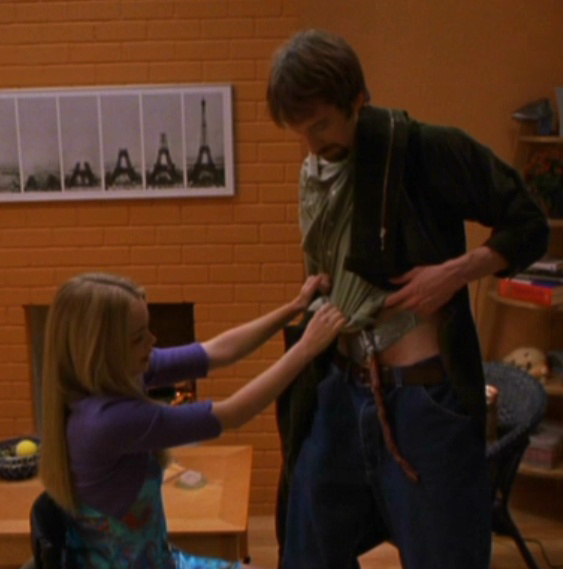This is an alternative birth method called "lotus birth" or more formally "umbilical non-severance" in which babies are left tethered to the delivered placenta until their cord desiccates and detaches from their body on its own, usually in 3-10 days, while applying salt to the placenta to increase the speed at which it dries. It will eventually fall off, however, after its delivery the placenta is no longer being supplied with the oxygenated blood it needs to survive, and becomes necrotic (dead). This can act as an easy entry point for infectious organisms to enter the neonate, and can result in life-threatening infections. Neither the American College of Obstetrics or the American Academy of Pediatrics have explicit guidance statements as to whether this should be recommended against. AAP has published that there have been multiple case reports of severe infections with various bacteria secondary to this practice.
This should not be confused/conflated with Delayed Cord Clamping, which is waiting 30-60 seconds after the baby's delivery for some of the residual fetal blood in the placenta to be delivered to the baby's circulation to prevent anemia. This has good evidence for benefit to the baby, is recommended by ACOG, and is basically standard of care in the US.
Source: ACOG and AAP publications, also I'm a 4th year medical student that has completed OBGYN rotations
